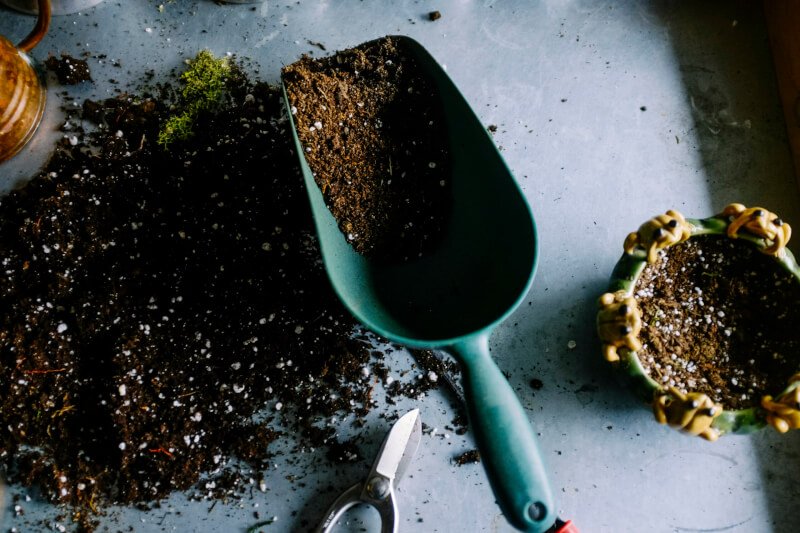Imagine transforming your urban home into a haven of greenery and tranquility with a vibrant succulent garden. With their low-maintenance nature and unique beauty, succulents have become a popular choice for urban dwellers looking to bring the outdoors indoors, even in the smallest of spaces. In this article, we will guide you through the simple steps to successfully create and care for your very own succulent garden, allowing you to enjoy the benefits of nature right at your fingertips.
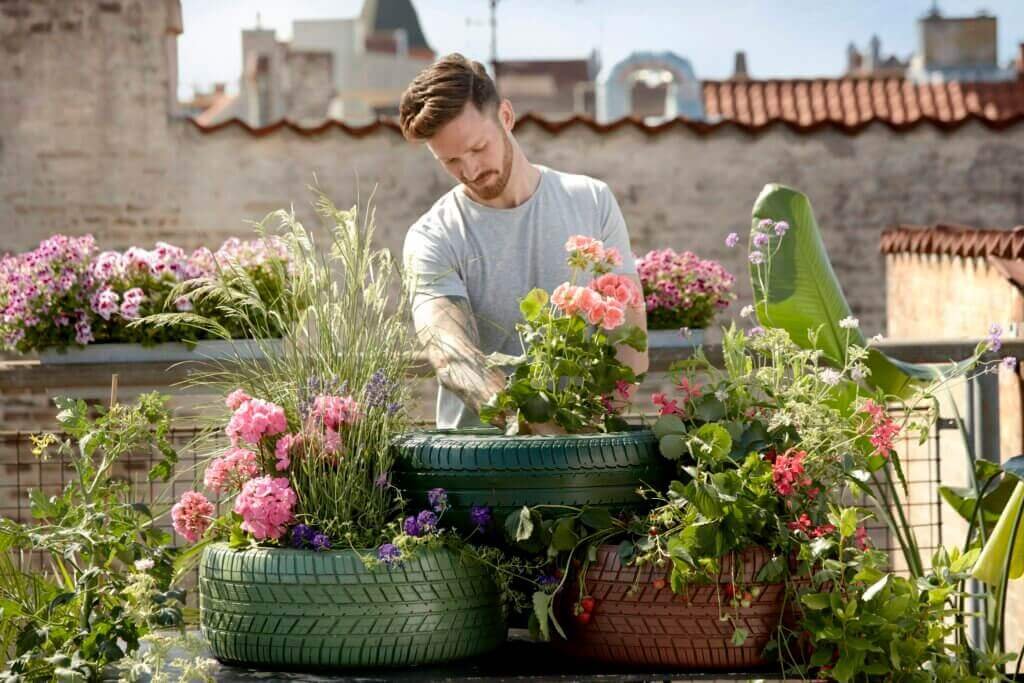
Choosing the right succulents
Succulents are a popular choice for urban gardens due to their low-maintenance nature and ability to thrive in various environmental conditions. When choosing succulents for your garden, it’s important to consider the lighting conditions in your home. Some succulents prefer bright, direct sunlight, while others thrive in partial shade. Take note of the areas in your home that receive the most sunlight and choose succulents accordingly.
In addition to lighting conditions, it’s also a good idea to select a variety of succulents that come in different shapes and sizes. This will create visual interest and give your garden a more dynamic look. You can choose succulents with rosette-shaped leaves, trailing stems, or even ones that grow in clusters. By selecting a diverse range of succulents, you’ll be able to create a beautiful and captivating garden.
Before purchasing your succulents, take some time to research their care requirements. Different succulents have different watering, temperature, and humidity needs. Some succulents are drought-tolerant and can go without water for extended periods, while others require more frequent watering. By understanding the specific care requirements of each succulent, you’ll be able to provide the optimal conditions for them to thrive.
Lastly, it’s crucial to check for invasive species when choosing succulents. Some succulents have the potential to spread aggressively and take over your garden. It’s best to avoid such species to prevent potential damage to your other plants and the surrounding ecosystem. Research the specific succulents you are considering and ensure they are not classified as invasive in your area.
Determining the location and space
Once you’ve selected the right succulents for your garden, it’s time to determine the location and available space for your plants. Start by assessing the available sunlight in your home. Most succulents thrive in bright, indirect light, so look for areas that receive ample natural light throughout the day. South or east-facing windows are often the best options, as they provide consistent sunlight.
Identify suitable containers for your succulents. Succulents generally have shallow root systems, so shallow containers or pots with good drainage are ideal. Consider using containers made of porous materials like terracotta, as they allow for better airflow and drainage. Additionally, think about the aesthetic appeal of the containers and how they will complement your overall garden design.
If you have limited horizontal space, you can consider vertical gardening options for your succulents. Vertical gardens are a great way to maximize space in urban environments. You can use wall-mounted planters or hanging containers to create a stunning vertical succulent garden. This not only adds greenery to your home but also creates a unique and eye-catching display.
To create a designated garden area, clear out the chosen space and remove any debris or obstructions. This will provide a clean slate for your succulents and ensure they have enough space to grow and thrive. Consider creating a border or using decorative stones to demarcate the garden area. This will give your succulent garden a neat and organized look.
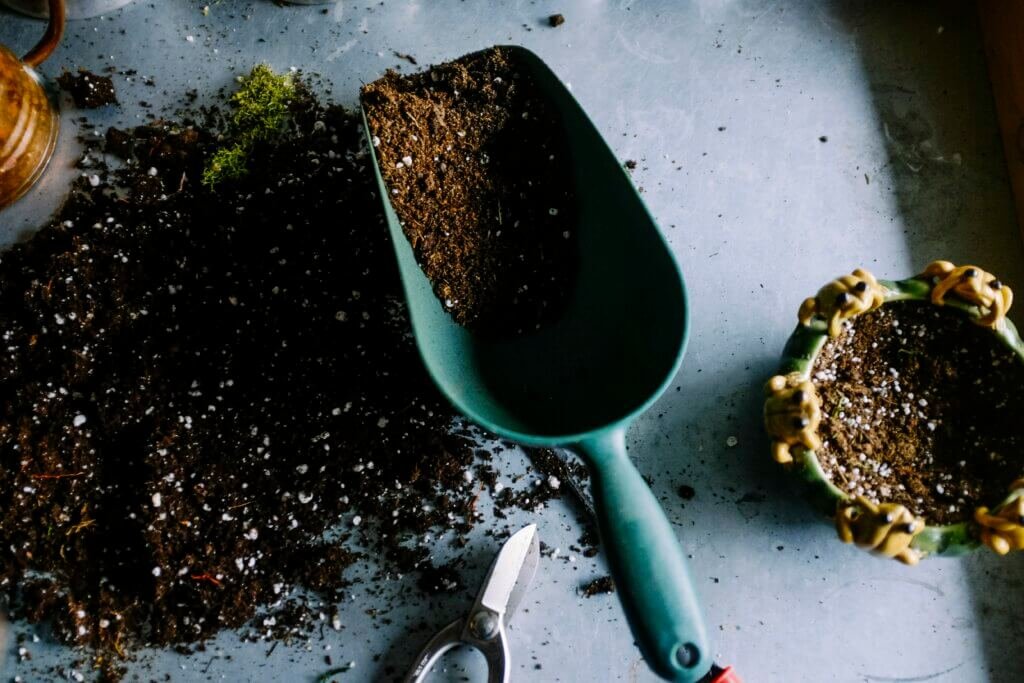
Preparing the soil
Preparing the soil is a crucial step in setting up your succulent garden. Succulents require well-draining soil to prevent root rot and other moisture-related issues. Choose a soil mixture specifically formulated for succulents or amend regular potting soil with materials like perlite or pumice to improve drainage.
If you prefer a soilless mix, you can consider using a combination of materials like coco coir, perlite, and pine bark fines. This mixture provides excellent aeration and moisture retention, allowing your succulents to thrive. Be sure to follow the recommended ratios for each component to create a balanced soilless mix.
Before planting, it’s important to sterilize the soil to prevent pests and diseases. You can achieve this by baking the soil in the oven at a low temperature or by using a microwave. This process kills any harmful organisms that may be present in the soil, ensuring a healthier environment for your succulents.
Planting the succulents
When planting succulents, start with clean and healthy plants. Inspect the plants for any signs of pests or diseases and remove any dead or damaged leaves. This will help prevent the spread of pests and diseases to your other succulents.
Arrange the plants according to their size and growth habit. Place taller succulents towards the back or center of the garden and shorter ones towards the front or edges. This will create a visually appealing arrangement and allow each plant to receive adequate sunlight.
Be sure to space the succulents properly to accommodate their future growth. Overcrowding can lead to competition for resources and hinder the overall health of your plants. Follow the spacing recommendations provided for each succulent variety to ensure they have enough room to thrive.
When removing the plants from their containers, gently loosen the roots to encourage healthy growth. If the roots are tightly bound, you can make small vertical cuts along the sides of the root ball to aid in the plant’s transition to the new soil.
Plant each succulent at the correct depth and orientation. The soil line should be at the same level as it was in the original container. Ensure that the plant is firmly rooted in the soil and gently pat down the soil around the base of each plant to provide stability.
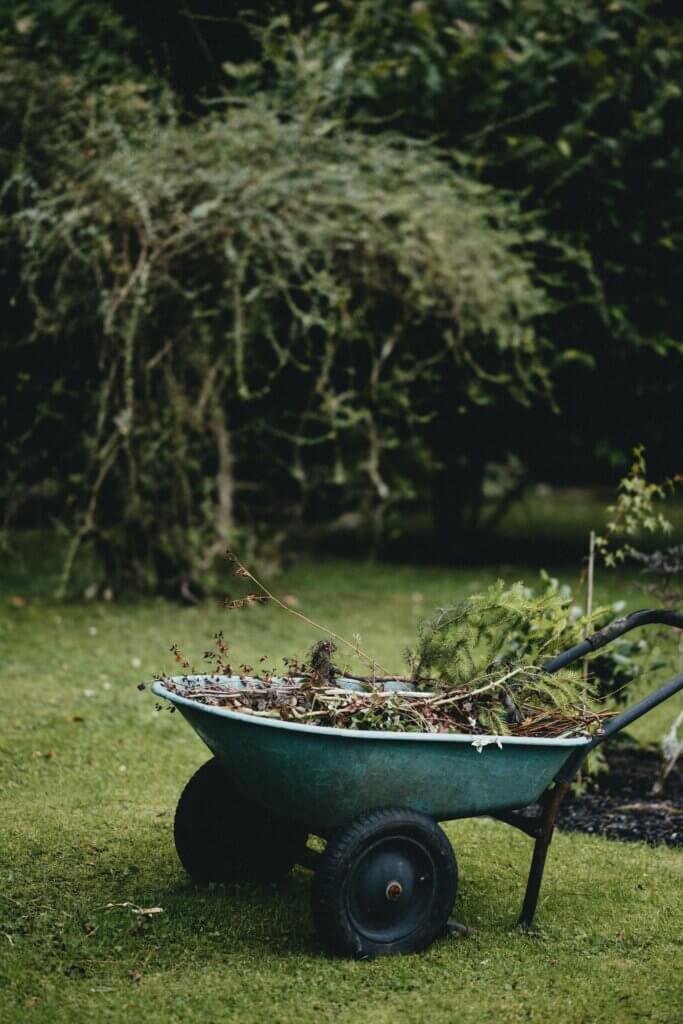
Providing adequate watering
Succulents are known for their ability to store water in their leaves and stems. As a result, they require less frequent watering compared to other plants. Water your succulents sparingly but deeply, allowing the soil to dry out completely between waterings. This mimics their natural habitat and helps prevent root rot.
To water your succulents, use an appropriate watering method. Avoid overhead watering, as this can lead to fungal diseases. Instead, water the base of the plant directly, allowing the water to penetrate the soil and reach the roots. Use a watering can with a narrow spout or a drip irrigation system to control the amount of water applied.
As with any plant, overwatering can be detrimental to succulents. The excess moisture can lead to root rot and make the plants more susceptible to pests and diseases. Always err on the side of underwatering rather than overwatering, and adjust your watering frequency based on the specific needs of your succulents.
Implementing proper drainage
Proper drainage is essential for the health and well-being of your succulents. Choose containers with drainage holes to allow excess water to escape. Without proper drainage, the water may accumulate at the bottom of the container and cause root rot.
To further improve drainage, line the containers with rocks or pebbles before adding the soil. This creates an additional layer for excess water to drain through. Additionally, adding a layer of activated charcoal on top of the rocks can help absorb excess moisture and prevent odors.
Using a well-draining soil mix is equally important for proper drainage. Avoid heavy, compacted soils that retain moisture for long periods. Instead, opt for a soil mix specifically designed for succulents, which will provide the ideal balance of drainage and moisture retention.
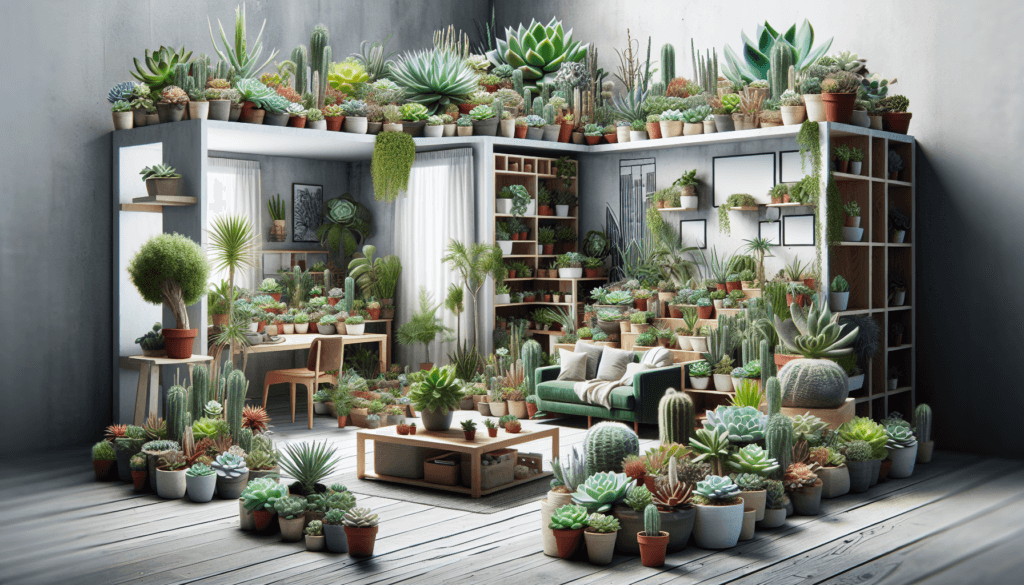
Creating a suitable microclimate
Succulents have diverse water and light requirements, so it’s important to group plants with similar needs together. By creating microclimates within your garden, you can cater to the specific requirements of each succulent.
Place succulents with similar water and light requirements in close proximity to each other. This will make it easier to provide the right conditions for each group of plants. For example, if you have succulents that prefer shade, group them together in an area that receives less direct sunlight.
Creating shade for sun-sensitive succulents is essential, especially in hot climates or during peak summer months. You can use shade cloth or place your succulents under larger plants or structures that provide partial shade. This will help protect them from direct sunlight and prevent sunburn.
Extreme temperatures can also affect the health of succulents. Protect your plants from frost and excessive heat by bringing them indoors or providing additional insulation. Covering them with a frost cloth or placing them in a greenhouse can help regulate temperature and protect them from extreme weather conditions.
Providing adequate sunlight
While succulents can tolerate different lighting conditions, they still require adequate sunlight to thrive. Place your succulents in a south or east-facing window, as these orientations typically provide the most sunlight throughout the day. If natural light is insufficient, you can supplement with artificial grow lights.
Artificial grow lights can be a great solution for urban gardeners with limited access to sunlight. LED grow lights are energy-efficient and provide the specific light spectrum that succulents require for healthy growth. Position the grow lights about 6 to 12 inches above your succulents to ensure they receive sufficient light.
To ensure even sun exposure, rotate your plants regularly. Succulents tend to grow towards the light source, causing them to become unbalanced and potentially topple over. By rotating them every few weeks, you’ll encourage even growth and prevent the plants from leaning or stretching towards one direction.
It’s important to monitor and adjust sunlight levels based on the individual needs of your succulents. Some varieties may require more or less sunlight than others, so observe how your plants respond to their current location and make adjustments accordingly.
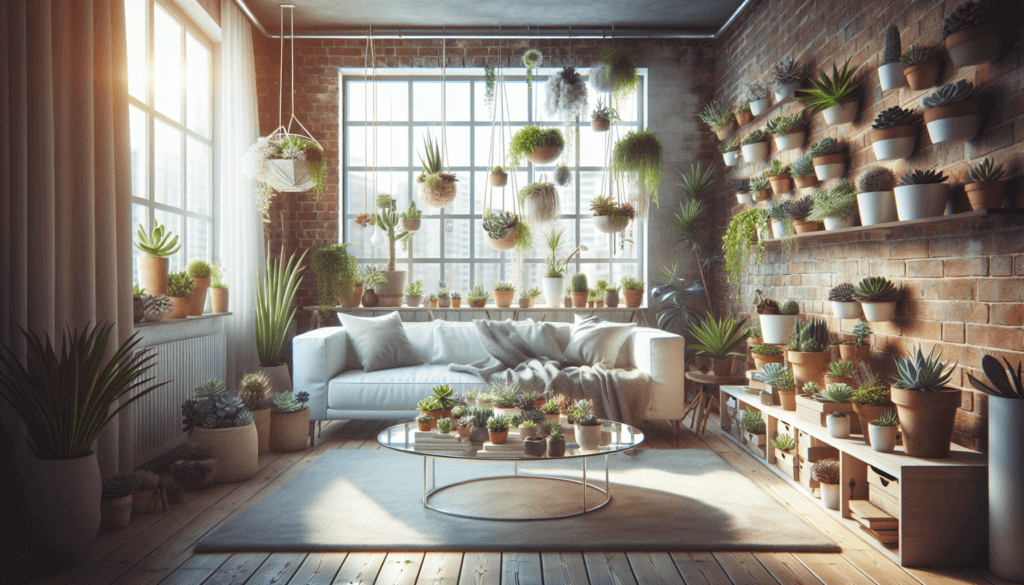
Maintaining the succulent garden
Maintaining your succulent garden is essential to ensure its long-term health and vitality. Regularly remove dead leaves and debris from the garden area to prevent the accumulation of pests and diseases. This will also keep your garden looking clean and well-maintained.
Pests and diseases can sometimes affect succulents, so it’s important to control them promptly. Monitor your plants regularly for signs of pests like aphids or mealybugs. Remove any affected leaves or treat the plants with organic pest control methods if necessary. Additionally, keep an eye out for common succulent diseases like root rot or powdery mildew and take appropriate measures to address them.
Pruning and shaping succulents is occasionally necessary to encourage compact and attractive growth. Remove any leggy or elongated stems and trim back overgrown branches. This will give your succulents a more compact and aesthetically pleasing appearance.
Monitor and adjust your watering schedule based on the needs of your succulents. Factors such as temperature, humidity, and season can affect the water requirements of your plants. Regularly check the moisture level of the soil and adjust your watering frequency accordingly.
Fertilizing succulents should be done sparingly and at appropriate times. During the active growing season, you can use a diluted succulent fertilizer once every two to three months. Follow the product instructions and avoid over-fertilizing, as this can lead to nutrient imbalances and damage to your succulents.
In conclusion, creating a succulent garden in your urban home can be a rewarding and enjoyable experience. By choosing the right succulents, determining the location and space, preparing the soil, planting correctly, providing adequate watering and drainage, creating a suitable microclimate, ensuring sufficient sunlight, and maintaining the garden, you can create a thriving oasis of succulents that adds beauty and tranquility to your urban space. So go ahead and start creating your succulent garden today!

